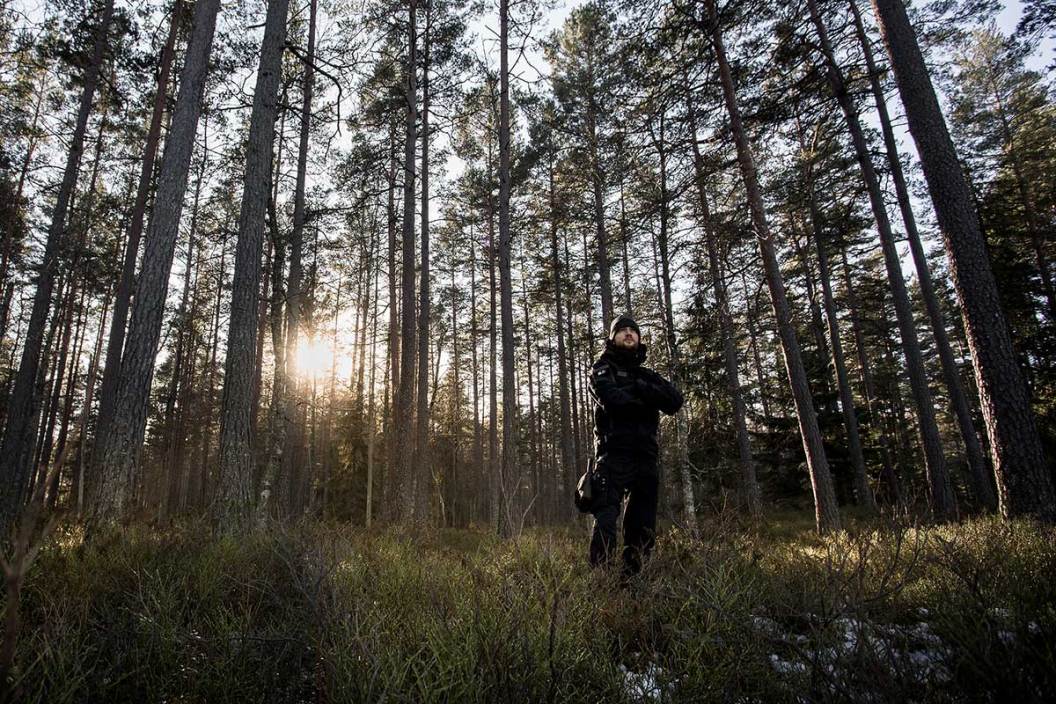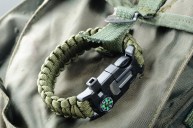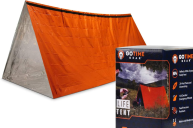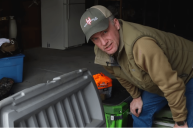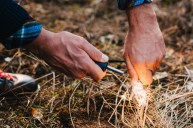To have a truly useful survival kit, you must become proficient with these basic survival tools.
Sure, you can buy one of those expensive pre-fabbed survival kits if you want, but I think the survival tools you include in a bug out bag or a survival kit is a very personal thing.
For some, their survival gear closely mimics their camping gear, while others have very specific emergency kits for a variety of emergency situations. A shelter-in-place survival kit for the home will not be the same as an EDC kit kept in a vehicle to use to return home in the event of a natural disaster or other emergency. The kit you keep with you during outdoor activities to survive in the backcountry will be different still.
This is a quick and dirty list of the tasks and equipment categories practically every survival tool kit should include. These survival items will be endlessly useful in a variety of survival scenarios and learning to use them will contribute to your general level of preparedness.
But remember, it's your survival skills that matter most. Developing a solid lifesaving skillset is more important than having the right gear.
To create the best survival kit, don't be afraid to pull from dedicated survivalist gear as well as lightweight backpacking gear and tools used by campers. Whatever you choose, be sure to practice with your kit as often as possible and become proficient with your tools. Every bit of training is absolutely worth avoiding frustration or stress in a survival situation.
Fire Starter
Having one method of fire starting is great—having several is better. This is important so include redundancies in this category. Stock up with several Bic lighters and a quality Ferro rod to start. Fire can be used to purify water, cook food, as a heat source, and for a whole lot of other essential-to-life-and-comfort things. A fire starter like magnesium or char paper is also very useful in a wilderness setting.
Multi-Tool
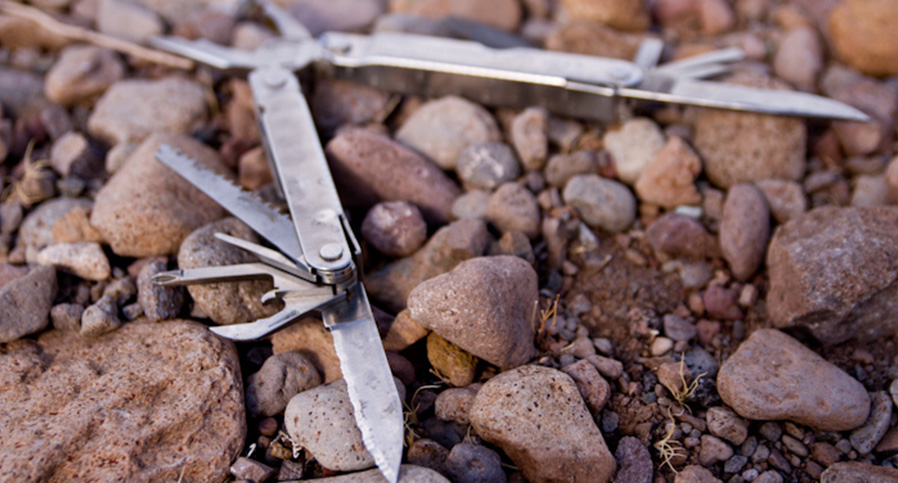
A quality multitool can be a real lifesaver in a number of situations. Leatherman makes a variety of plier-based multi-tools, as well as models that are built around a folding knife as the primary tool. Affordable multitools are also available from companies like Gerber and SOG in a number of configurations. Something with more tools, like screwdrivers and wire strippers, is more useful for an urban survival kit.
Individual First Aid Kit (IFAK)
This is self explanatory, but being able to treat yourself or others for traumatic injuries in the field is essential. If you are with a group, a larger first aid kit will be necessary, and an IFAK is a constant essential. There are various IFAK kit bags that attack to packs via Molle webbing and can be easily torn free when needed.
Paracord
Cordage has a million uses and paracord is extremely durable and strong. However, be aware that you have to melt the ends of cut paracord to keep it from rapidly fraying. It's a good idea to carry multiple types of cordage for different tasks.
Water Filter or Water Purification Method
Because it's heavy and you can't carry much of it with you, and you need a whole lot of it to survive, it's important to be able to turn the water you find into safe drinking water. This can be done with a quality water filter, like a LifeStraw, or a purification method like Iodine. Remember, you can also boil water to purify it. Bring it to a rolling boil for at least one minute. Don't forget a quality water bottle, canteen, or other method for carrying drinking water. Hydration can be the difference between life and death—prepare accordingly.
Survival Knife
A solid, well made knife is an important survival tool. A quality fixed blade knife with a full-tang construction is essential for many wilderness survival tasks. You don't want a blade any longer than six inches. A smaller pocket knife or fixed blade for delicate tasks is also useful.
Hatchet
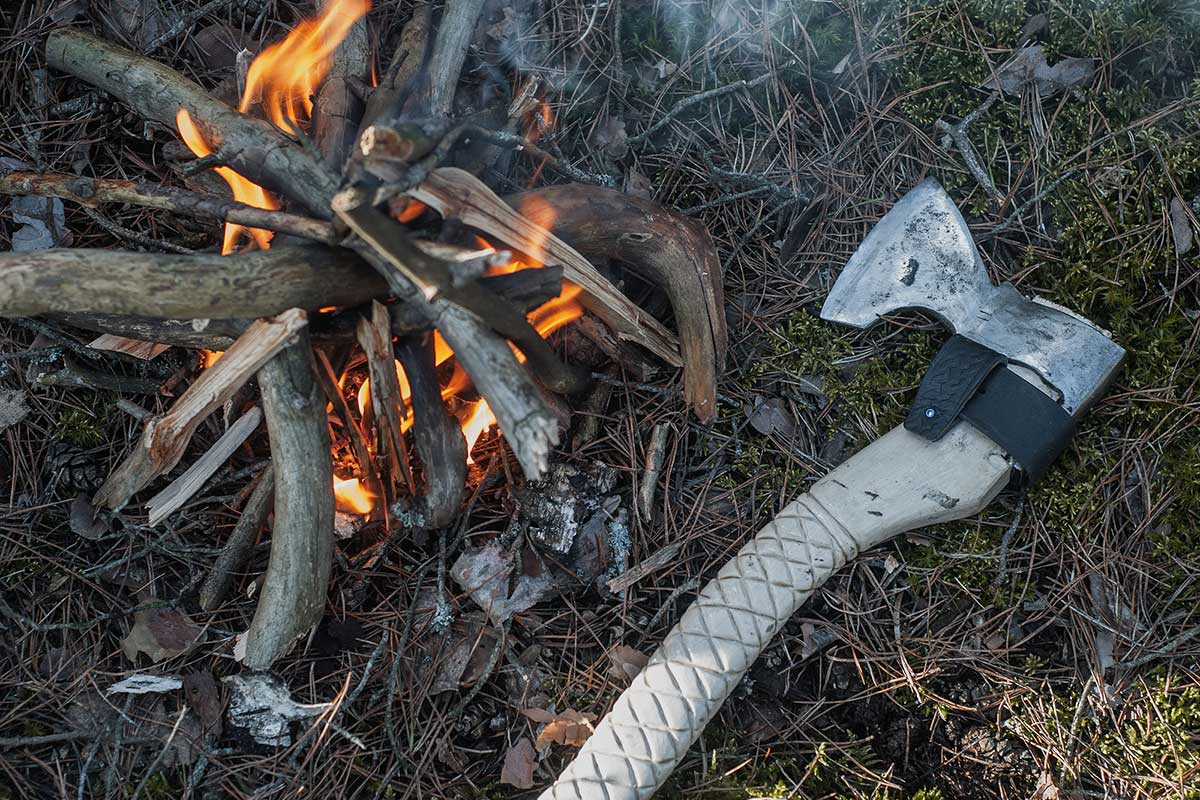
While a knife is extremely versatile, many wood processing tasks are better and more safely accomplished by a good survival hatchet. Every outdoor survival kit should include one. Many bushcraft skills are meant to use a hatchet.
Sharpener
Your knives and hatchets won't do you any good if you can't keep them sharp. Include a portable, rugged sharpener that can handle the blades of both.
Cookware
A simple mess kit will do for one person. There are many quality, compact, lightweight camping cookware sets that will work great here. Stainless steel is great. Titanium is lighter but much more expensive.
Don't forget to includes an eating utensil—double ended fork and spoon utensils are useful and easy to pack. A small burner and a can of cooking fuel is also a good idea and a fast way to boil water or cook small amounts of food without having to build a fire.
Duct Tape
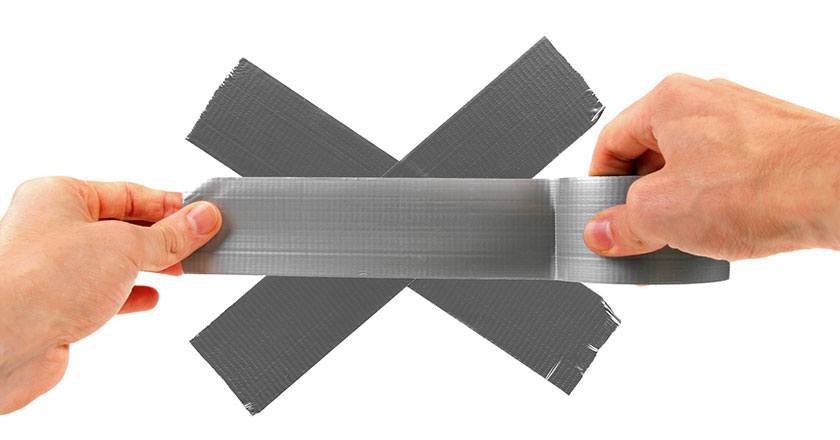
This has a million uses in everyday life, and a survival situation is no different. In addition to using it as tape, you can roll pieces into little tubes that make great firestarters in damp conditions and will burn for about 30 seconds.
Poncho
A military style poncho is another multi-use piece of gear that can function as a rain proof garment in harsh weather conditions that can even cover and protect the pack on your back. It can also be made into a number of different shelter configurations with a few stakes and some cordage, and can do anything a tarp can do, which is a lot.
Survival Shelter and Sleep System
Some kind of emergency shelter and a sleeping bag are important for larger kits. Single person bivy tents can be extremely compact and lightweight, and you'd be surprised how small you can make an all-seasons sleeping bag with some help from a good compressible stuff sack. A sleeping bad or backpacking air mattress is also very important, and not just for comfort. Cold ground will take away body heat faster than wind, but comfort is also important. If you can't sleep, you can't rest, and you will function worse.
Navigation and Communication

As a general rule, remember that, in an emergency, your cellphone may not function or you may not be able to keep it charged, even if you have a portable charger. Include a physical backup of anything important you would use your phone for in your survival kit, like an area map and compass (and learn to use them), important phone numbers, etc. If possible, a radio capable of receiving emergency broadcasts, weather information is a good idea—some are also two-way radios, which can be useful in some circumstances.
NEXT: THE "STAYIN' ALIVE" SURVIVAL BANDANA IS A CHEAP AND USEFUL EMERGENCY TOOL
WATCH
